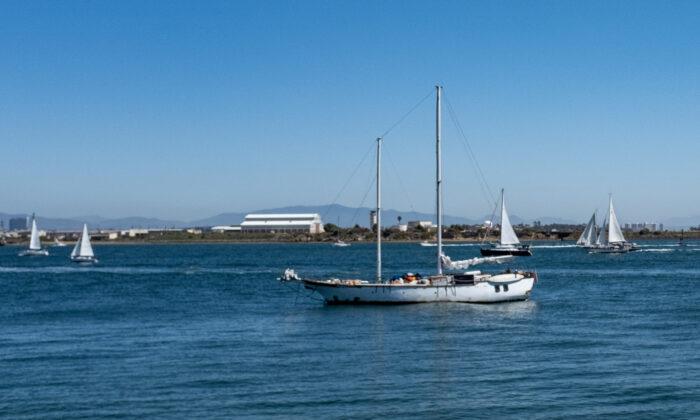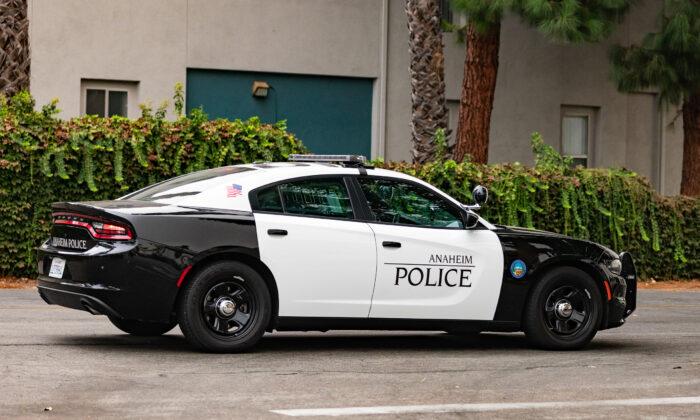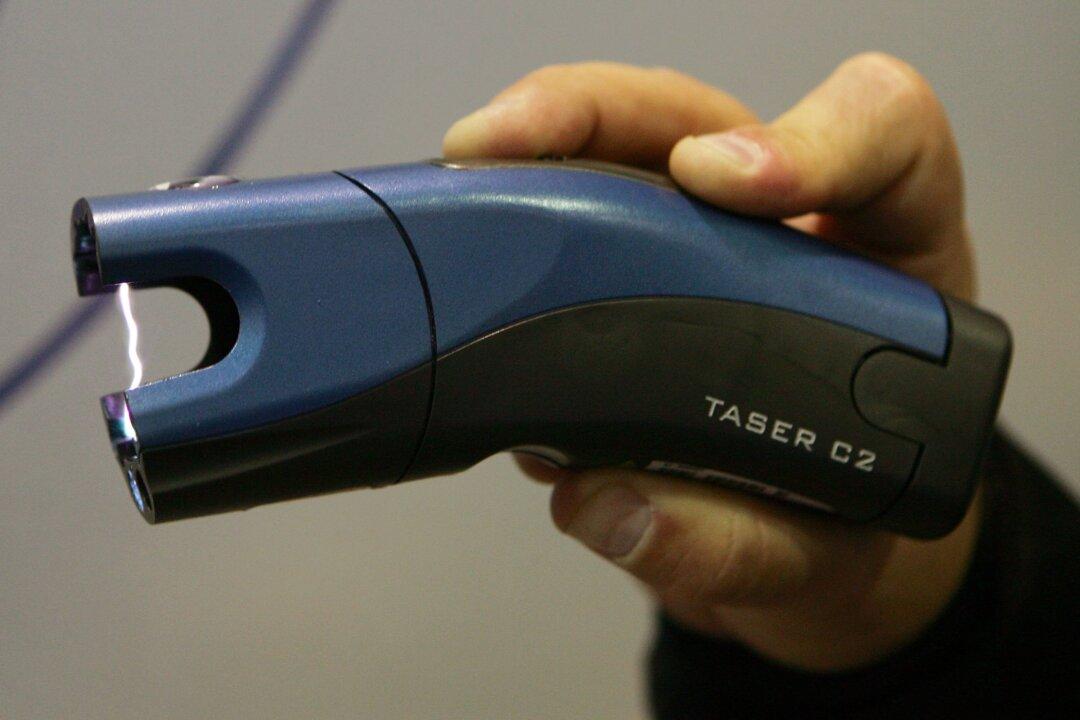SAN DIEGO—The Port of San Diego Board of Port Commissioners approved a policy document intended to help the port identify projects and initiatives to improve health through cleaner air around San Diego Bay while also supporting maritime operations, it was announced Thursday.
The Maritime Clean Air Strategy (MCAS) and its vision, “Health Equity for All,” are touted by the port as more ambitious than any other clean air policy document of its kind in the state.
“Our portside community neighbors as well as our Working Waterfront and our visitors deserve to breathe clean air,” said Michael Zucchet, chair of the board of port commissioners. “The Maritime Clean Air Strategy clearly lays out what our goals, aspirations, and expectations are for ourselves and for the people who do and want to do business with the Port of San Diego.
The port began developing the goals and objectives of the MCAS in March 2020 with residents, industry, businesses, public agencies, and non-government organizations.
“The MCAS positions us and our tenants to attract grants and investment from the state for clean air equipment and electrified heavy-duty trucks,” Zucchet said. “The Port of San Diego has already proven to be a leader in this area with shore power and other clean air equipment and infrastructure, and the MCAS is our roadmap as to how we can finish that job in the coming years.”
As an update to the port’s 2007 Clean Air Program, the MCAS identifies a vision centered on health equity, with goals for 2030 intended to contribute to improved air quality.
In support of the 2030 goals, the MCAS establishes more specific, near-term emissions reduction goals and objectives to be accomplished within the next five-year period between now and June 30, 2026.
Collectively, the MCAS identifies 34 potential projects, partnerships, initiatives, and/or studies.
Highlights of the MCAS that go beyond state requirements include:
—A goal of 100 percent of cargo trucks calling on the port cargo maritime terminals being zero-emission vehicles by 2030;
—An interim goal of 40 percent of the port’s annual cargo truck trips being performed by zero-emission trucks by June 30, 2026;
—A goal of 100 percent of cargo handling equipment being zero-emission by 2030;
—Begin use of the first all-electric tugboat in the United States by June 30, 2026; and
—Contribute Port Maritime Industrial Impact Fund dollars for the San Diego Air Pollution Control District’s purchase and installation of new portable air filtration devices at participating portside community residences.
Other notable clean air projects in the works include doubling shore power for cruise ships by 2023, adding shore power or an alternative technology to reduce ocean-going emissions.
According to port documents, in addition to cleaner air and improved health, other benefits of reducing emissions include job creation, ambient noise reduction, urban greening, ecosystem enhancement, knowledge and capacity building, education and training, and improved access to San Diego Bay.
The port intends to support timely and cost-effective implementation of the various projects and initiatives identified in the MCAS.
Funding could come from multiple sources, including the port. The port intends to work with neighboring jurisdictions, partners, and tenants to identify funding and to collaborate on seeking state and federal grants. Additionally, staff will regularly report back to the board, including comprehensive updates every two years.






Friends Read Free